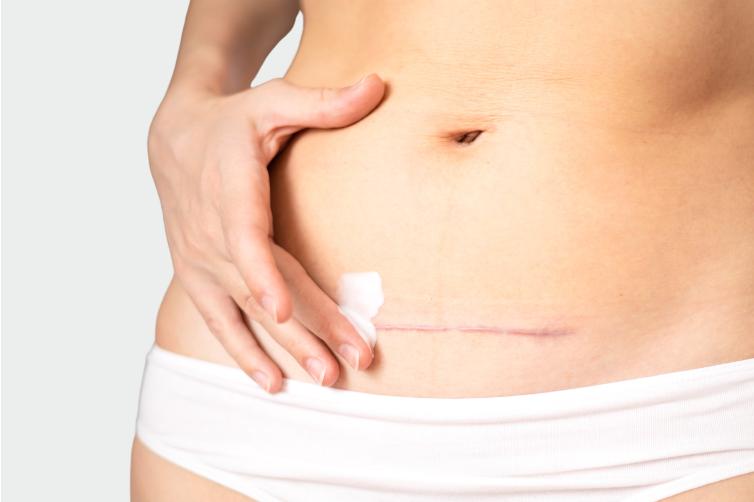Effective Scar Massage: Promoting Healing and Flexibility 🌿
Did you know that after undergoing surgery, regular scar tissue massage can significantly aid in the healing process?
When skin and muscle tissues are incised, they undergo both external and internal healing. This process can be influenced by factors such as age and skin type. Massaging the scar area can play a vital role in this journey.
During the healing process, scar tissue might adhere to other tissues, forming adhesions. These are bands of scar tissue that can tighten and restrict skin and internal tissues, creating discomfort.
By consistently massaging the area, scar tissue can be encouraged to form flatter, thereby enhancing external appearance and softening internal adhesions.
Unlocking Scar Massage Techniques 💆♀️
Understanding the phases of healing aids in optimizing scar massage. Healing unfolds through four stages:
To effectively massage a scar:
Optimizing Your Scar Massage Routine 📆
Applying Scar Massage to Episiotomy or Tear Scars 🌈
An episiotomy, a surgical cut to the perineum, and tears also benefit from scar massage. The process involves similar steps:
Benefits of Scar Massage 🌟
Massaging scar tissue offers various advantages:
Remember, healing takes time and patience. Scar tissue continues to develop and change for around 12-18 months. Regular massage, especially in the initial stages, can foster improved mobility and reduce long-term discomfort. 🌼

